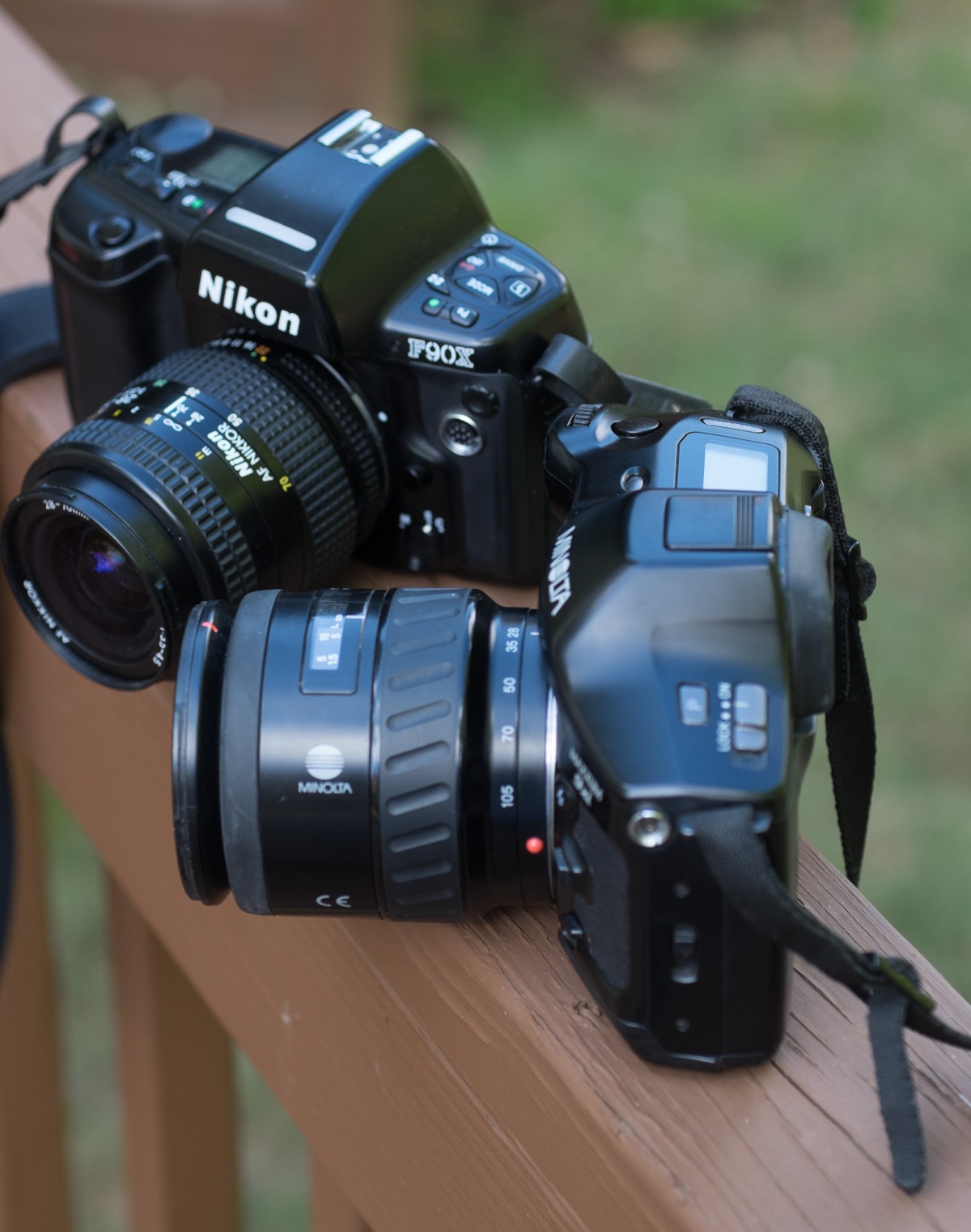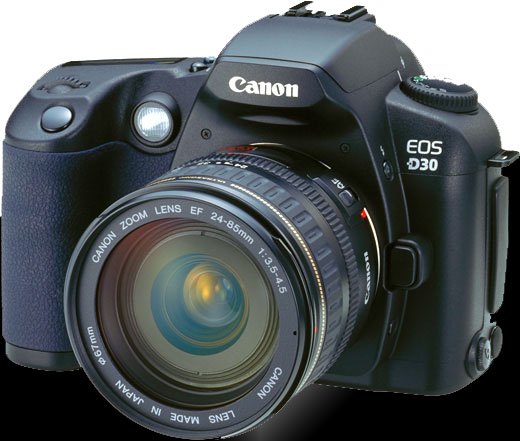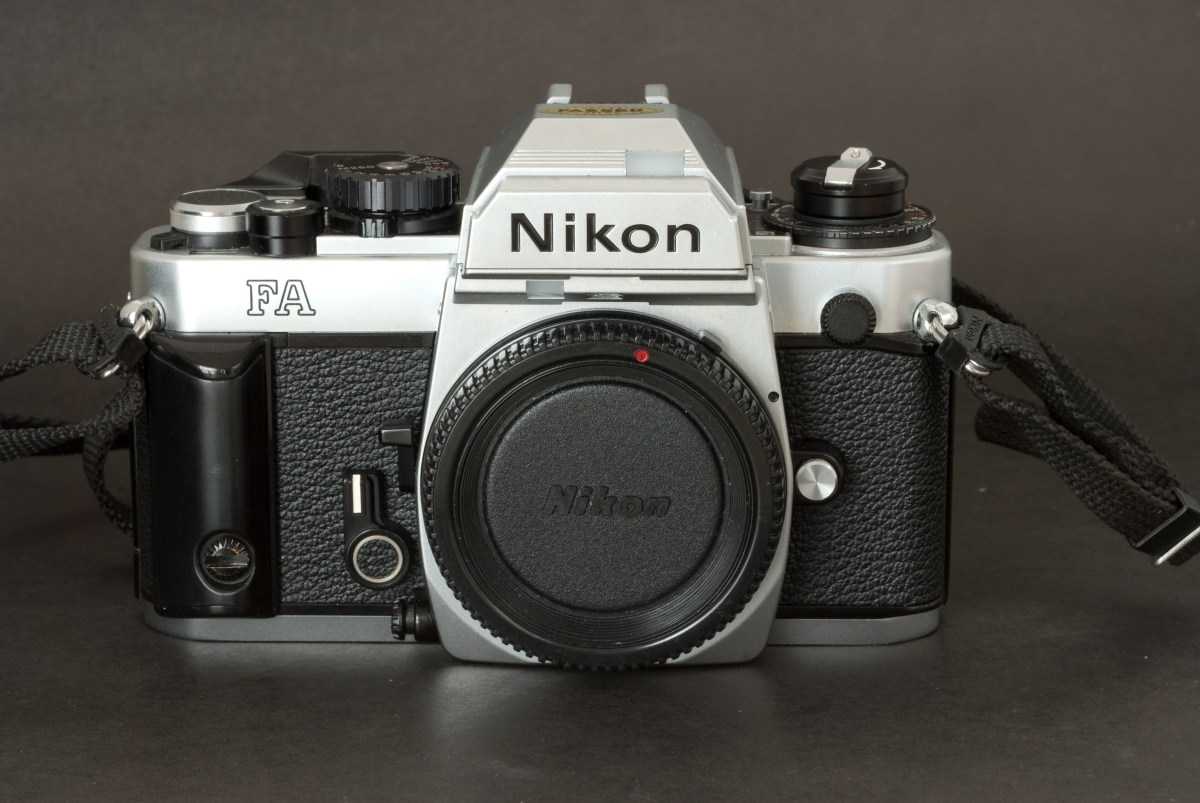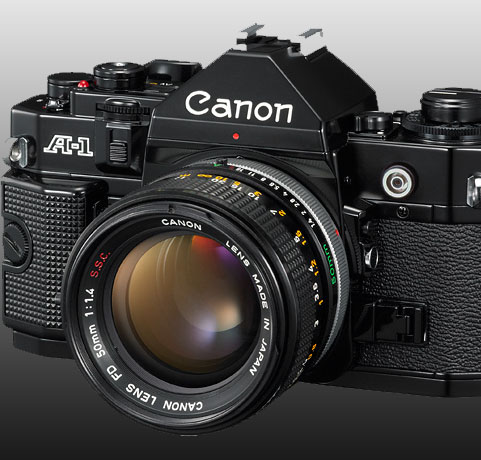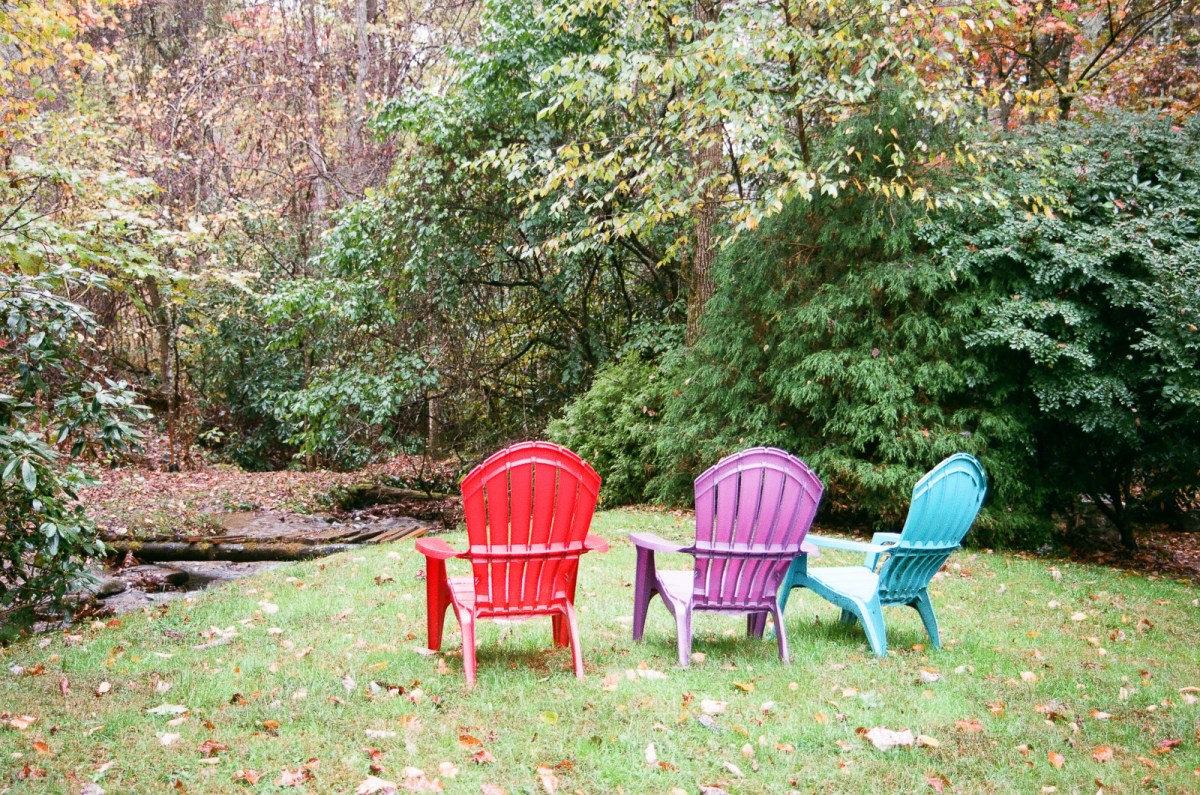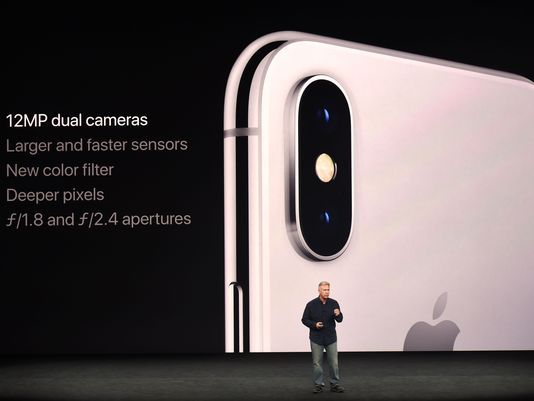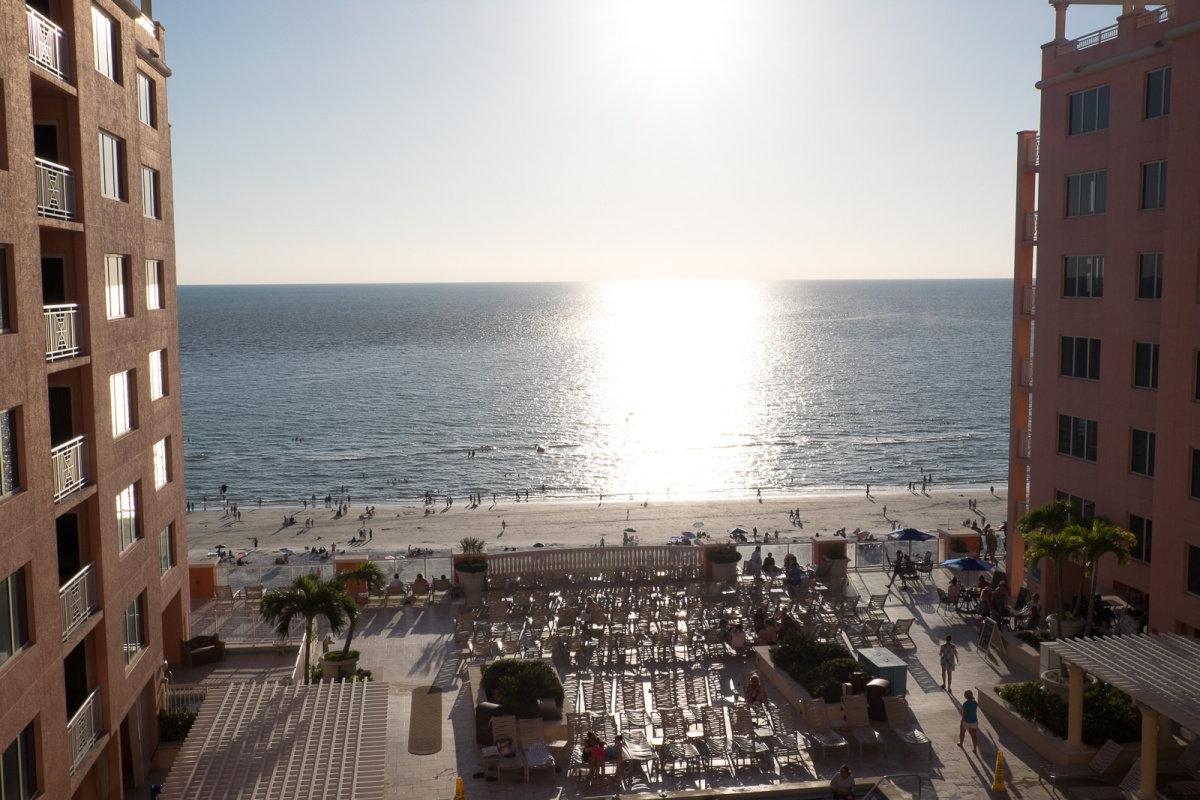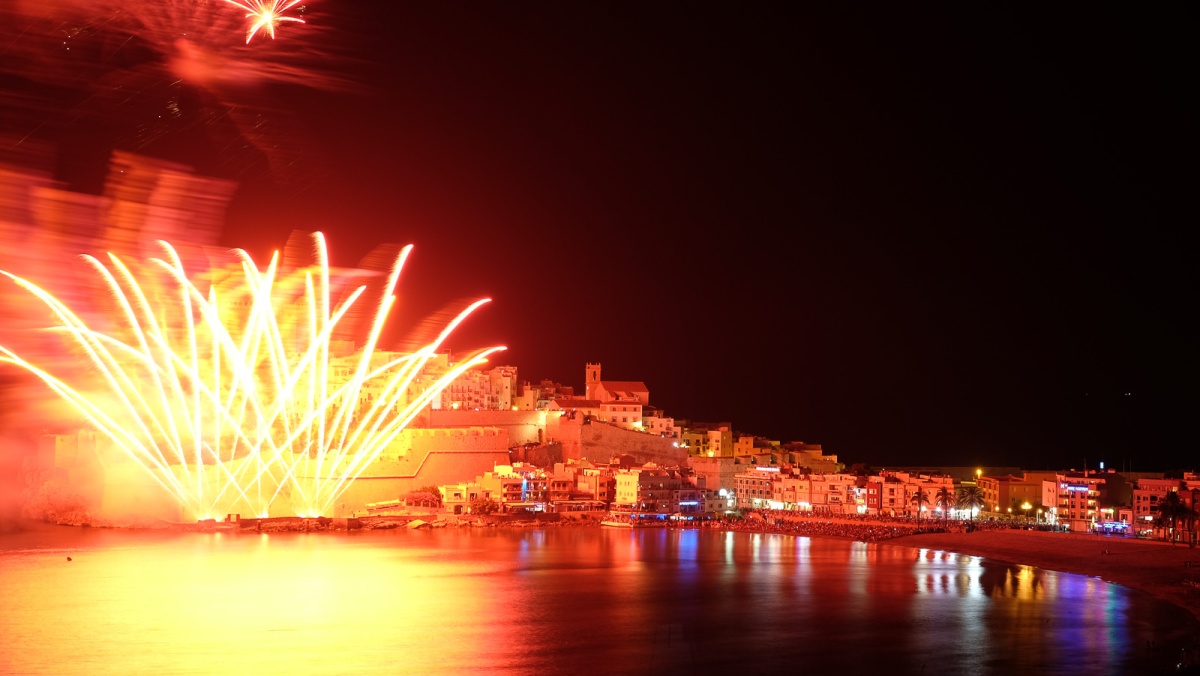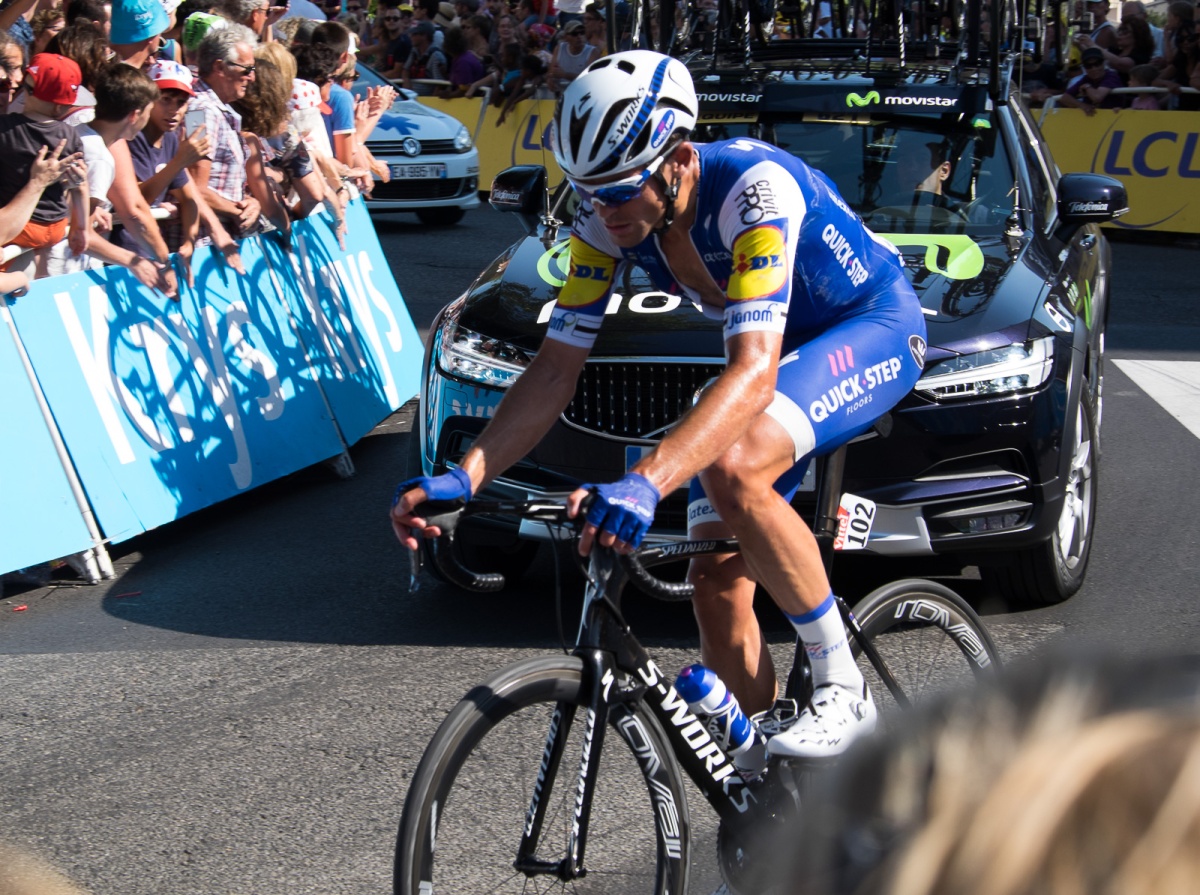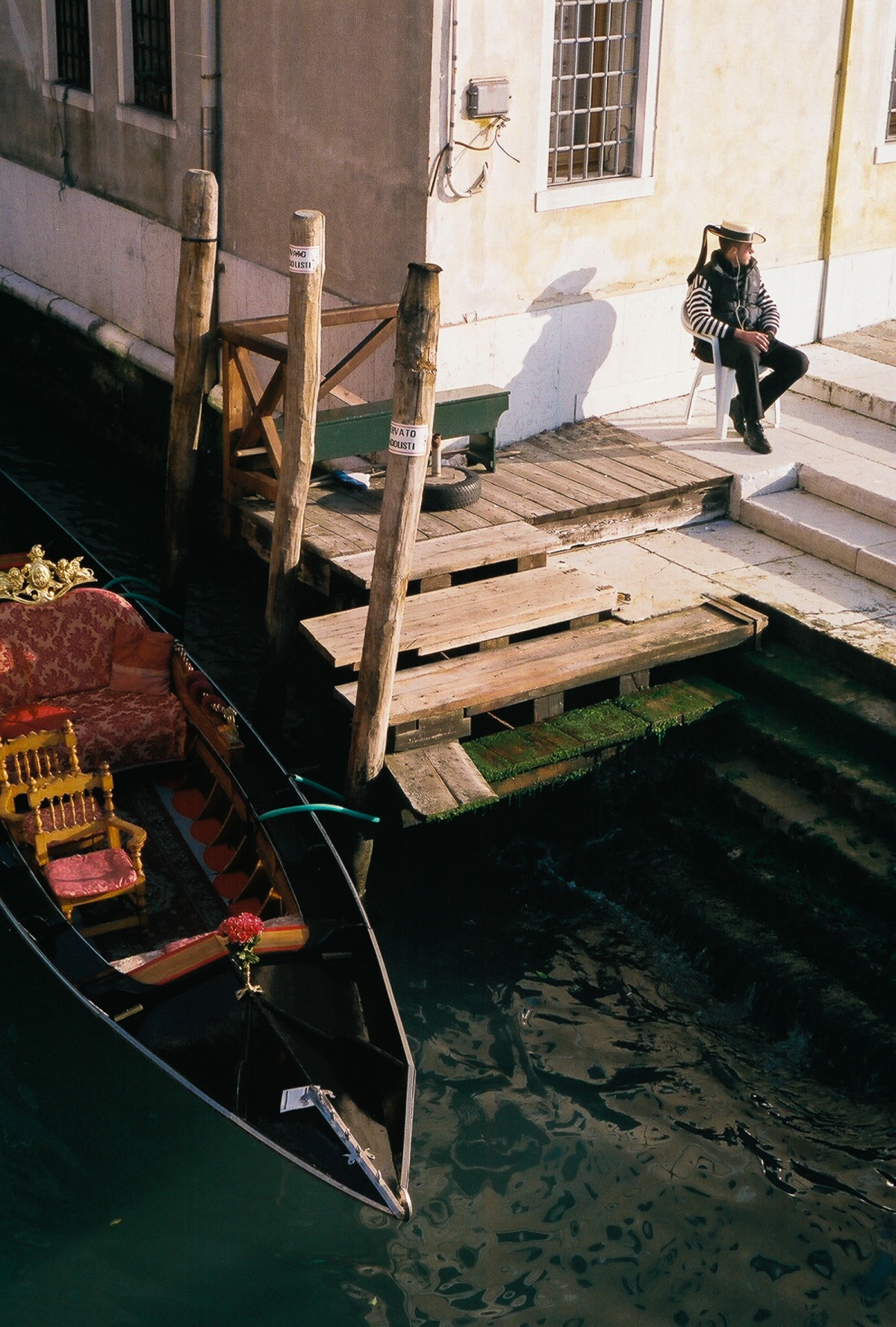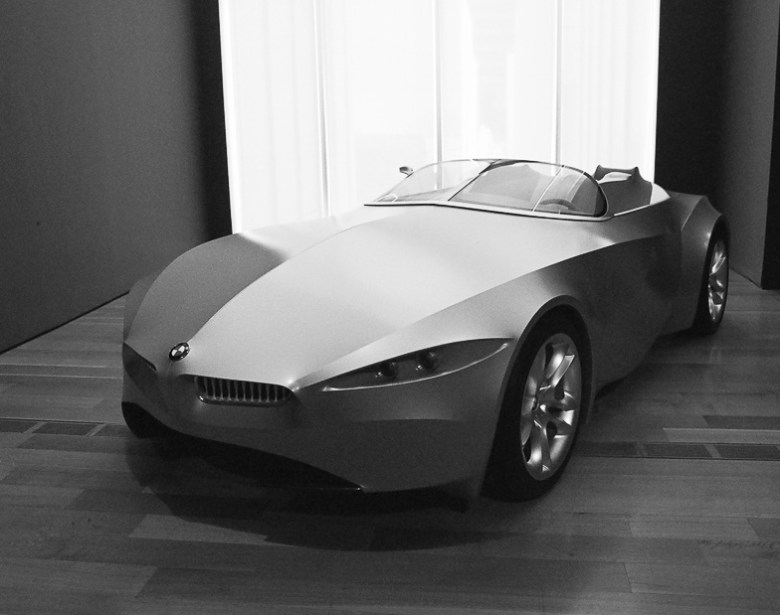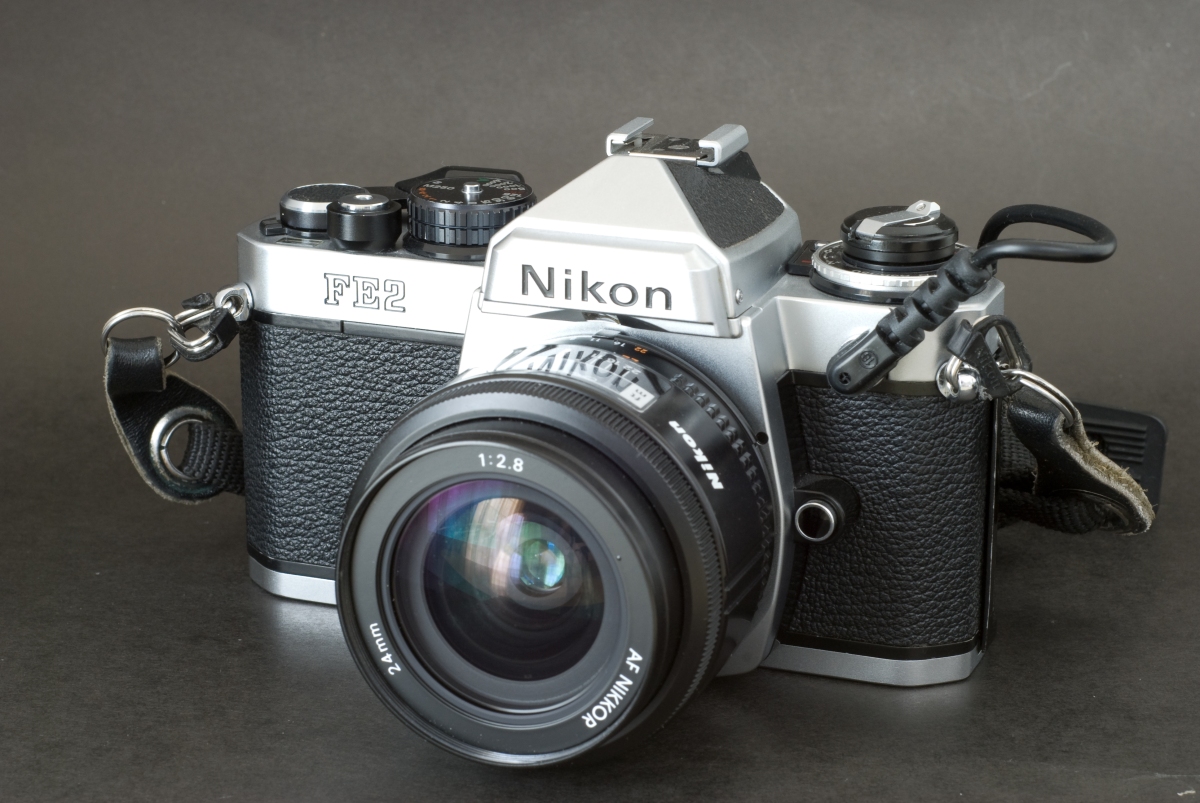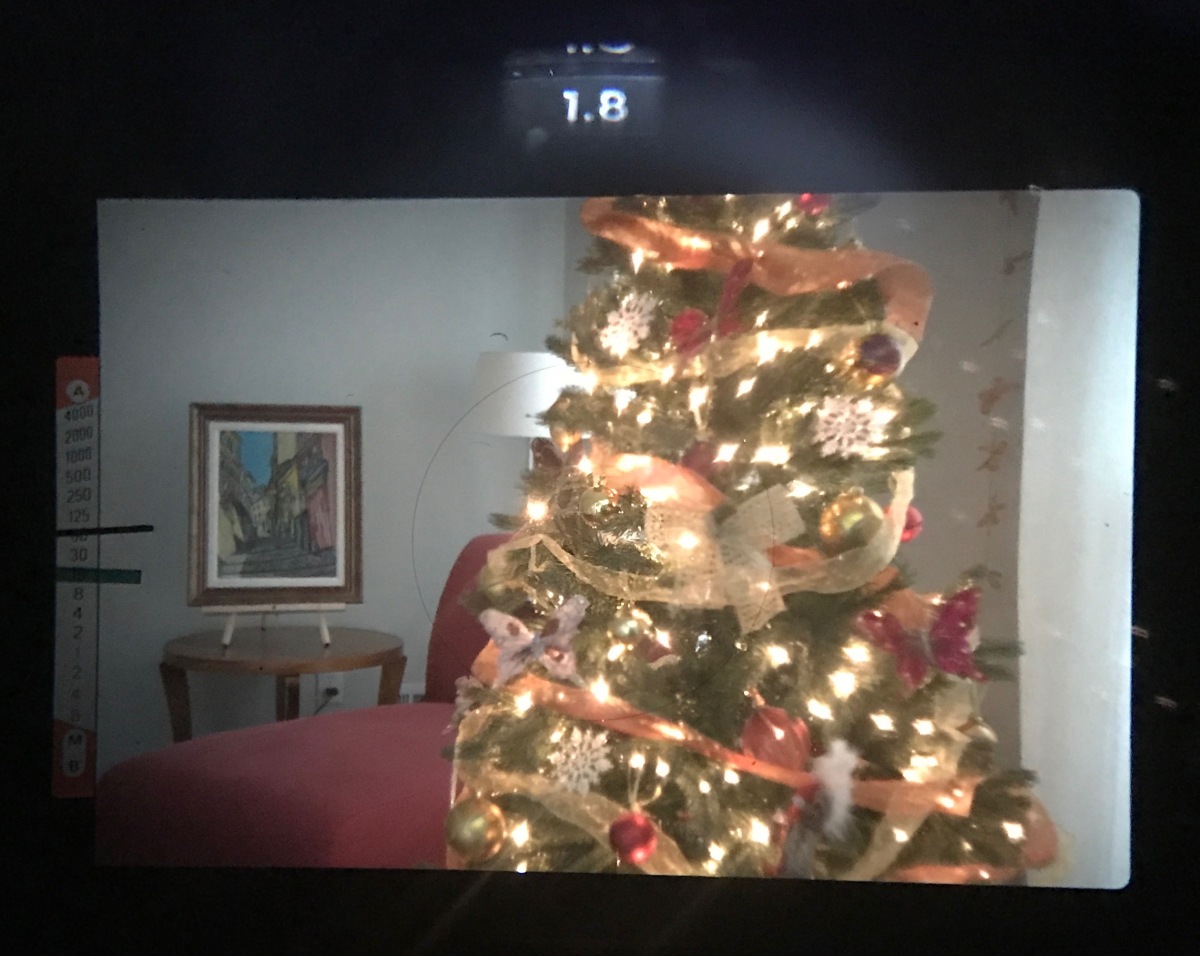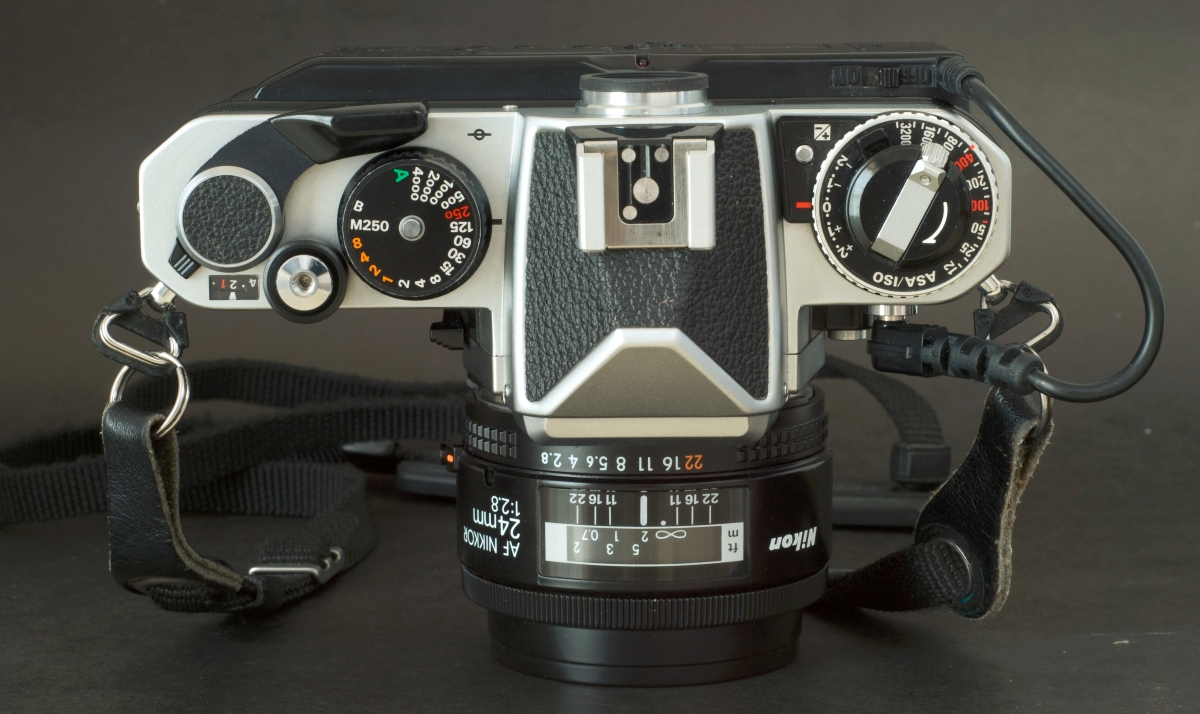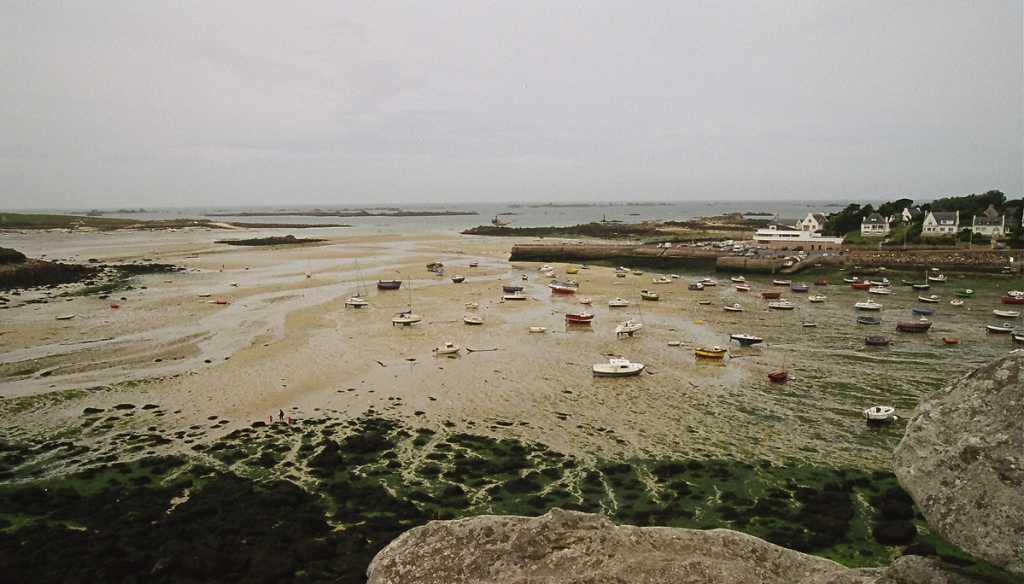With smart phones and wireless Internet connections being cheap and ubiquitous, billions of human beings have access to an always available camera of very decent quality and can easily share the pictures they shoot via messaging, photo sharing or social networking apps.
I don’t think there is any geography where film photography is still broadly considered an easier to use and cheaper alternative to digital (smartphone and digicam) photography.
Some people may still want their 4×6 prints, they may refuse to deal with smartphone apps or with memory cards at the self service kiosk of a pharmacist, and stick to film for those reasons. But there is no doubt that they form a small minority.
The rest of the film photographers are not necessarily enamored with 4×6 prints and don’t refuse to use PCs. They scan film or have it scanned, and insert the resulting files in a digital workflow. For them, there are roughly three options: premium film, boutique film, and expired stock.
- premium film is designed to offer the best performance (finest grain, highest dynamic range, most realistic colors, most constant quality), but at twice or three times the price of standard amateur film,
- boutique film is produced by small outfits, and prioritize special effects (color rendition and image resolution of the sixties, strong color hues, scratches, ….). Prices are all over the map, with some films in the low-cost category, and others being 4 to 5 times more expensive than the standard amateur film.
- The ultimate bargain chasers are looking for expired film, and enjoy the consequences (unpredictable rendering, bizarre color hues).
Where does it leave the typical “amateur” color negative film like Kodak’s Gold and Fujifilm’s Superia, that casual photographers used to trust for their annual family reunions or for the trip of a lifetime ?
Almost nowhere.
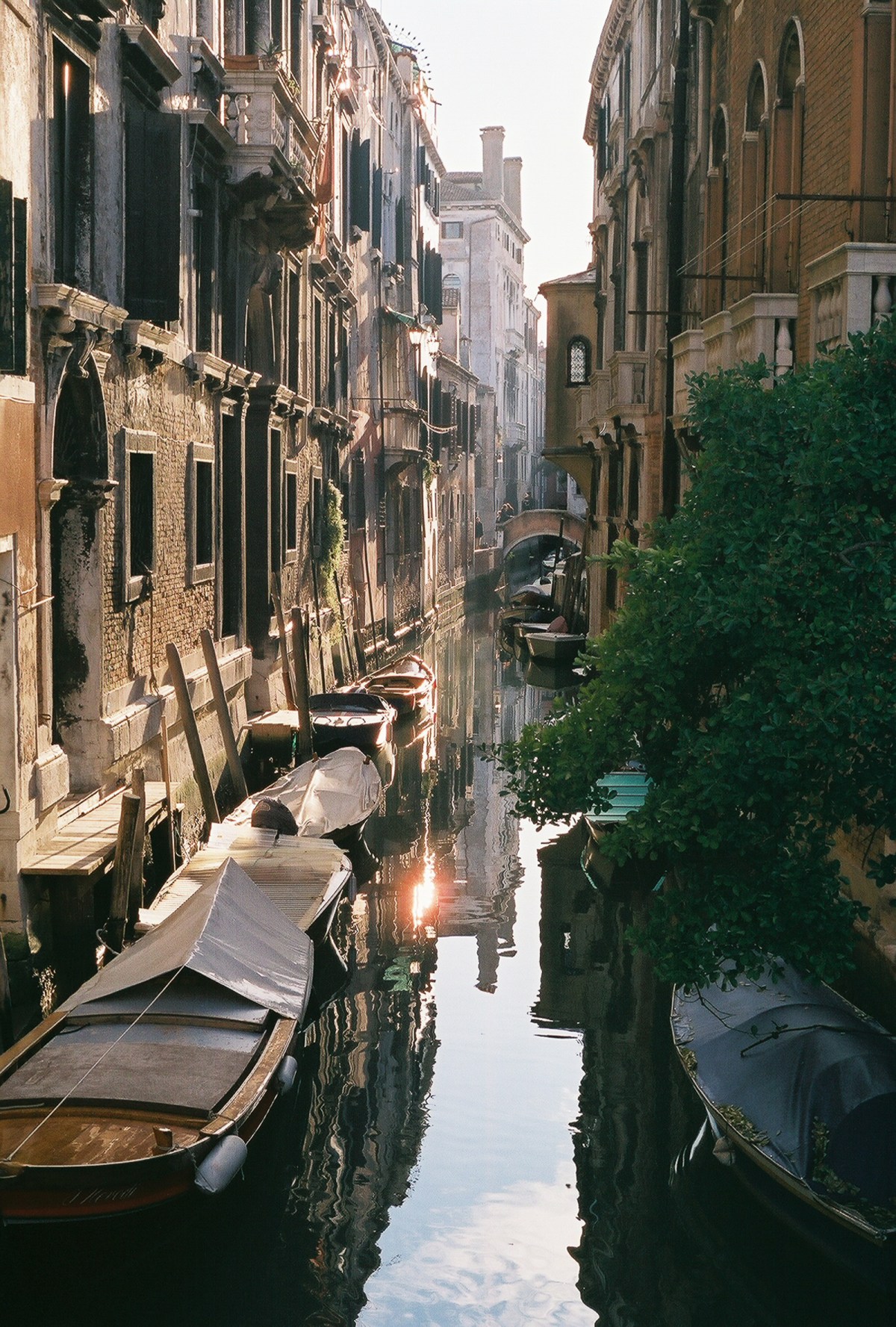
Firms like Fujifilm, judging by the type of film they dedicate to this usage, perceive people still sticking to a conventional film processing chain and to 4×6 prints as more price than quality sensitive, and reformulated their Fujicolor 200 ISO stock to make it cheaper to manufacture (it’s now sold as the Fujifilm C200).
Brick and mortar stores only seem to carry old inventory about to expire, the low-cost Fujicolor C200 mentioned above, and sometimes Fujifilm’s Superia X-TRA 400. Online retailers like Amazon or Adorama still carry Kodak Gold and Ultramax, but they also tend to put forward cheaper products from the same manufacturer.
How does it translate in the offer of film?
My observations are based on the US market, and on what the three major photo retailers (Amazon, B&H and Adorama) are offering. The situation may be different in other countries – (Kodak is probably better represented in the US than in the rest of the world, but Fujifilm’s catalog is wider in Japan), and here and there there are small specialized distributors also selling products from smaller brands.
- Kodak
The part of the old Kodak Company which is still in the film business is named Kodak Alaris (Alaris belongs to the pension fund of the British employees of the Yellow Giant, but the products I’ve purchased over here are still manufactured in the USA, and sold under the Kodak name).
Looking at their Web site, it’s obvious that Kodak Alaris wants to sell “professional” (understand “premium”) film (Ektar, Porta, TMax and Tri-X). Amateur color print films (Gold 200, Ultramax 400) are impossible to find in the menu hierarchy of the site, or with the built-in search tool. Google Search still returns the spec sheets of all films currently in the catalog of Kodak Alaris (the list includes includes Gold and Ultramax), and the three major photo retailers of the US still sell the whole range of Kodak Alaris products.
Amazon and Adorama are also selling Kodak ColorPlus 200 – but there is no spec sheet on Kodak Alaris site, and it does not seem to be widely available in the US. It’s a budget film – supposedly relying on a simpler/older formula than the Gold 200, and it falls in the same low-cost category as the Fujicolor C200 – you use it if you look for the absolute lowest price (for a Kodak branded product, that is) , or if you want a rendering similar to the one you could get in the eighties/nineties.
Kodak also has a large range of B&W film (Tmax in 100, 400 and 3200 ISO declinations) as well as the old Tri X. They have announced they will soon manufacture slide film (Ektachrome) again.
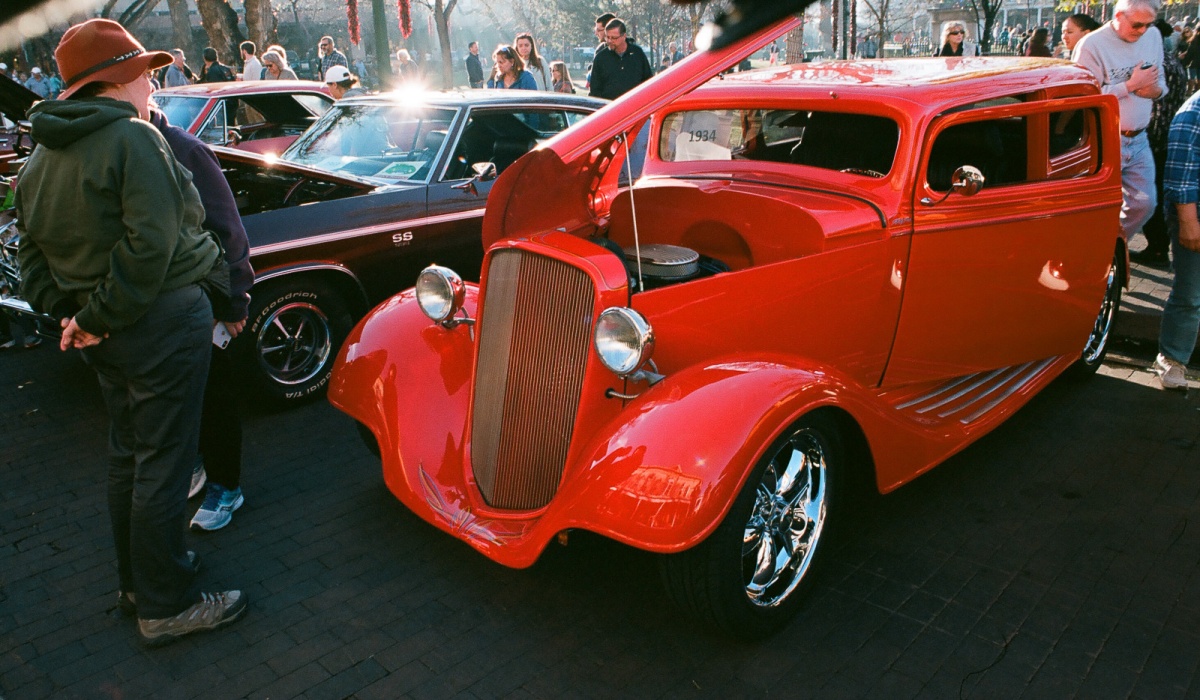
- Fujifilm
In the US, Fujifilm have significantly reduced their product range (they have retired most of their Superia color print films last year) – leaving us with only the “low cost” C200 sold at Wal-Mart or CVS (available in 24 exposure cartridges only, manufactured following a simplified formula and replacing the more elaborate and now retired Superia 200), and a single Superia reference, the X-TRA 400 ISO (in packs of three 36 Exposure cartridges only). With Kodak having left the amateur market and deserted the brick and mortar stores, Fujifilm is the only major vendor of general purpose “amateur” color negative film.
Fujifilm only offers a single “professional color negative” film, the Pro H 400, aimed at Portrait photographers, and a single Black and White reference, the Neopan Acros. But they still offer three slide films (Velvia 50, Velvia 100 and Provia 100).
Obviously Fujifilm is more interested in pushing their highly profitable Instax film packs, which are declined in multiple sizes (mini, square, wide), and available in black and white as well as color stock.

- Harman / Ilford
It’s been a very long time since Black and White film was last considered the default choice for the casual “amateur” photographer. And Ilford (now part of the Harman Technology group) does not manufacture or sell color film. But Ilford is worth a mention here: they have the largest catalog of Black and White film (classics like the Pan F, the FP4 or the HP5, fine grain products of the Delta series, and products now unique such as the XP2 (a Chromogenic B&W film that can be processed in the same chain as color print film).

- The rest:
Cinestill, Lomography, Revolo, Rollei, fall into the Boutique category. I don’t know much about Boutique film – and now that some of my old favorites are gone (Fuji Reala, Kodak CN400), I tend to stick to Kodak’s Ektar 100, that I use alongside Fujifilm’s Superia 400 and Ilford’s FP4 Plus B&W film.
The costs
I have to admit that I don’t really get this “low cost at all cost” thing: in the US, a 35mm (24 exposures) cartridge sells for anything between $2.75 and $3.50 – with premium film being generally sold in rolls of 36 exposures at prices between $6.75 and $9.90. Worst case, the cost difference between low-cost and premium amounts to $0.20 per exposure.
Processing a single 35mm cartridge will cost approx $8.00 to $10.00, and scanning another $5.00 to $10.00 (postage included). Some processors may advertise cheaper prices, but only scan in low-resolution, or don’t return the negatives (they destroy them), or charge a significant extra fee for the postage or for a higher resolution. All in all, consider that $17.00/cartridge is the best price an occasional/low volume user can get for a decent service (it’s a scale game, and prices get lower when the volume goes up).
And if you spend that much on processing, why not buy the best film you can get?
Where?
Brick and mortar stores (big box and pharmacists): not much to chose from, only Fujifilm’s products.
On line: besides the big Three (Adorama, Amazon, Bhphotovideo), there are a few sites specialized in ‘Boutique” film: Freestyle Photo ; Lomography





